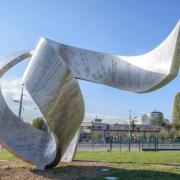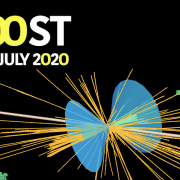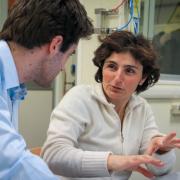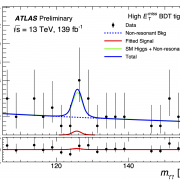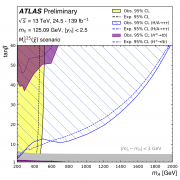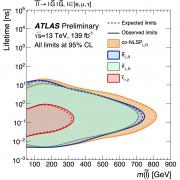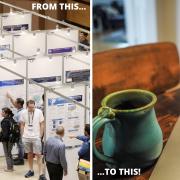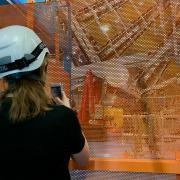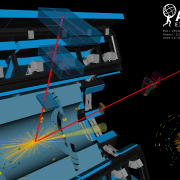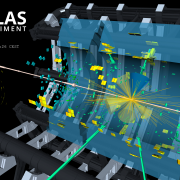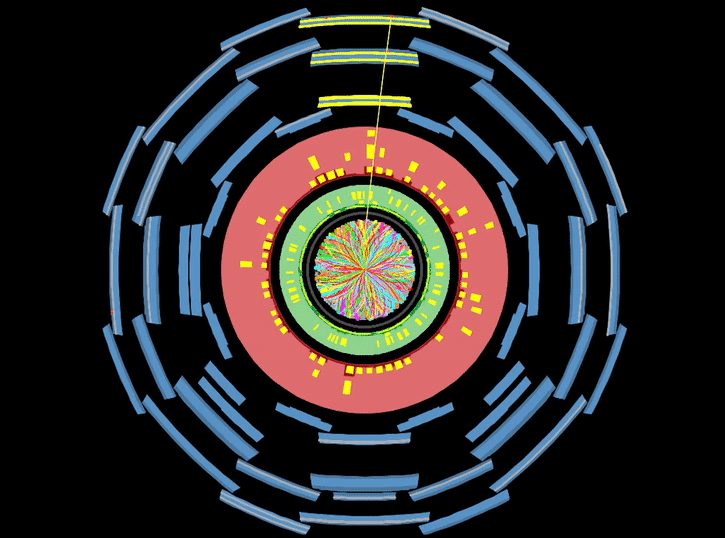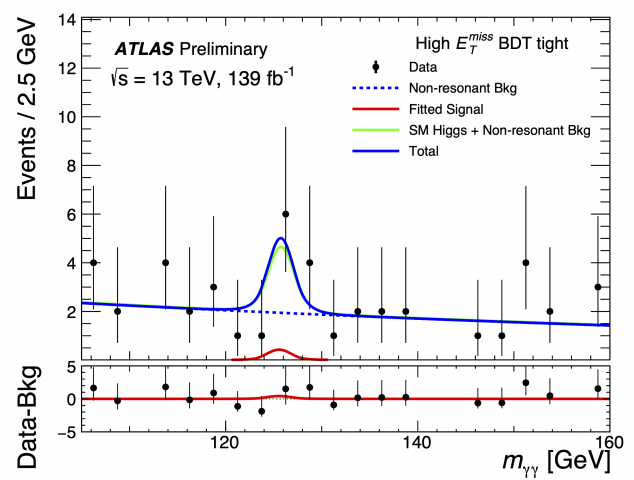Access to Collaboration Site and Physics Results
Updates tagged: “detector operation”

Spring awakening for the ATLAS experiment
This morning the Large Hadron Collider (LHC) circulated the first proton-proton beams of 2016 around its 27 kilometre circumference. The beams were met with great enthusiasm in the ATLAS Control Centre as they passed through the ATLAS experiment.

One week to do it all – Days 4-7: Diffractive data taking
On Thursday morning the first fill reached “Stable Beam”. We had prepared a sequence to move the ALFA detectors so, with the push of a bottom, they were all moved to exactly the right position for loss maps. The fill had 42 bunches (as opposed to the 3 bunches used in elastic data taking), so the trigger rates were much higher than before.

One week to do it all – Day 3: Preparing for Stable Beam
Tuesday at 23:55 I called the ATLAS shift leader and told them to stop the elastic physics run and ramp down the inner detector as the elastic program was over. But that’s when the problems started. For some reason, the inner detector could not ramp down and ATLAS requested – for the safety of the inner detector – that the LHC team touch nothing until the problem was solved. While this actually gave us more time taking data for elastic physics, LHC operators and representatives from the other experiments in the CERN Control Centre were really not too happy about the situation.
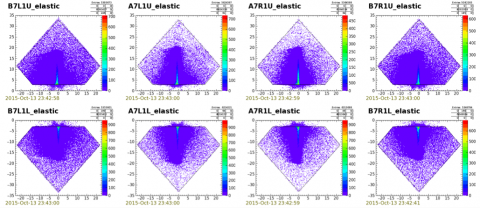
One week to do it all – Day 2: Elastic data-taking
No time to waste after the alignment. We had moved the detectors to about 2.8 mm from the beam, but the rates of particles passing the detectors indicated a very high background (mainly particles from the beam halo) so we decided to move the detectors out to about 3.5 mm. Now it was time for data taking. Since the detectors were so close to the beam, the LHC could not declare “Stable Beam”. Therefore ATLAS was prepared to manually override the normal safety feature, which only allows the tracking detectors to be powered fully once the LHC declares “Stable Beam”.
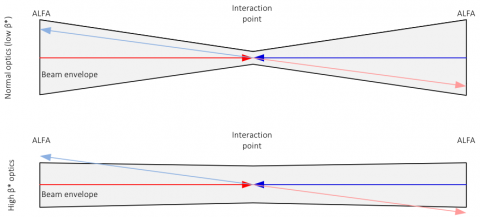
One week to do it all – Day 1: Setting up
I have the pleasure to work for a very special sub-detector of ATLAS, called “Absolute luminosity For ATLAS” or ALFA in short. ALFA aims to measure protons at very small angles relative to the beam. To measure these small angles, ALFA is installed on the beam pipe about 240 m away from the interaction point (IP) of ATLAS. The ALFA detectors can move inside the beam pipe in order to get very close to the beam. The detector is only used a few days out of the year when LHC is running with a very special beam setup.
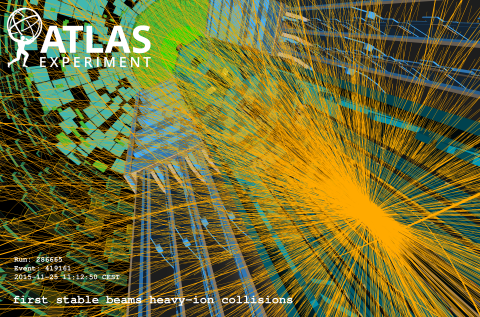
ATLAS completes first year at 13 TeV
As 2015 draws to a close, the ATLAS experiment wraps up its first phase of operation at a record-breaking energy frontier.
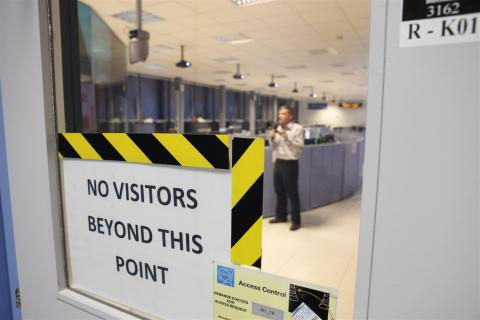
A summer evening in the ATLAS control room
The sun has already set over Geneva when I finally walk out from the ATLAS control room. We have been waiting for beams to be injected into the machine since the early hours of the afternoon, but without much success so far. Just a regular day for the most ambitious particle accelerator mankind has ever built, but a pretty boring afternoon for our entire shift crew.
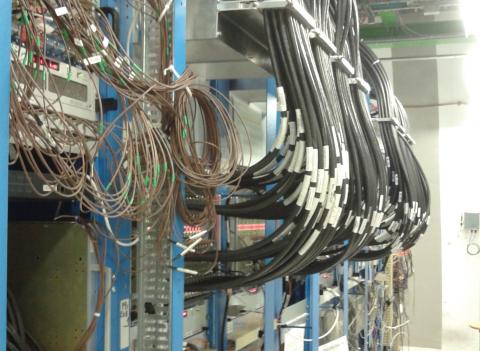
From ATLAS Around the World: Faster and faster!
Faster and Faster! This is how it gets as soon as LS1 ends and the first collisions of LHC Run 2 approaches. As you might have noticed, at particle physics experiments we LOVE acronyms! LS1 stands for the first Long Shutdown of the Large Hadron Collider.
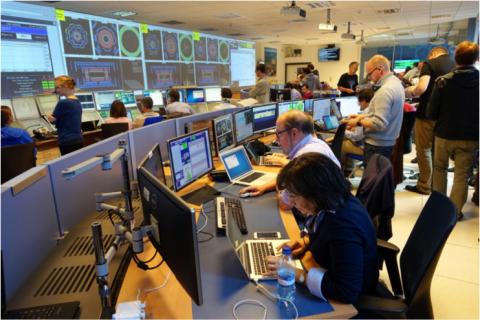
Impressions from the control room
As final preparations were made for the start of the Large Hadron Collider's (LHC) Run 2, the ATLAS Control Room was the centre of activity. Here are images from the three days that were landmark events...
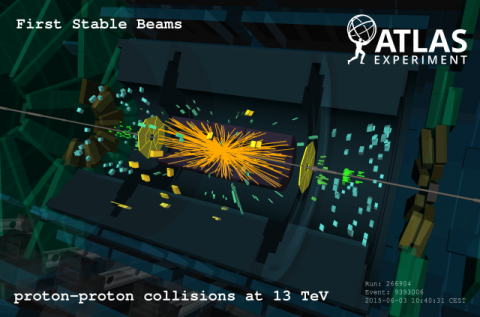
ATLAS begins recording physics data at 13 TeV
Today ATLAS and other particle physics experiments at CERN's Large Hadron Collider (LHC) began recording physics data from 13 TeV proton collisions, which allow for precision studies of the Higgs boson and other Standard Model particles, as well as the search for new particles with higher masses. The new data will bring a deeper understanding of nature.


